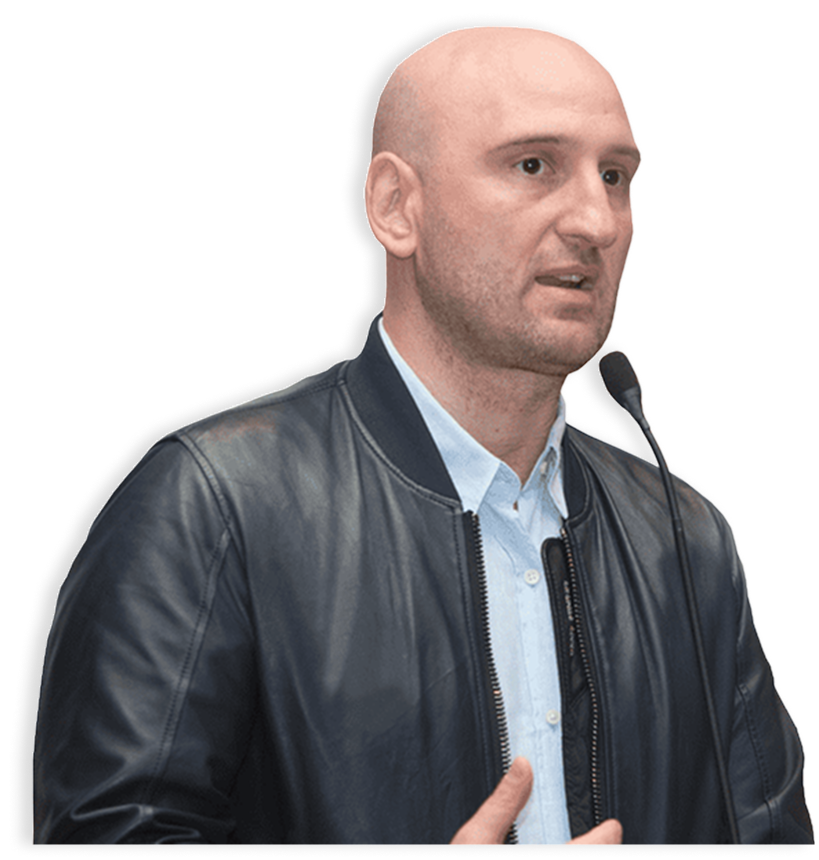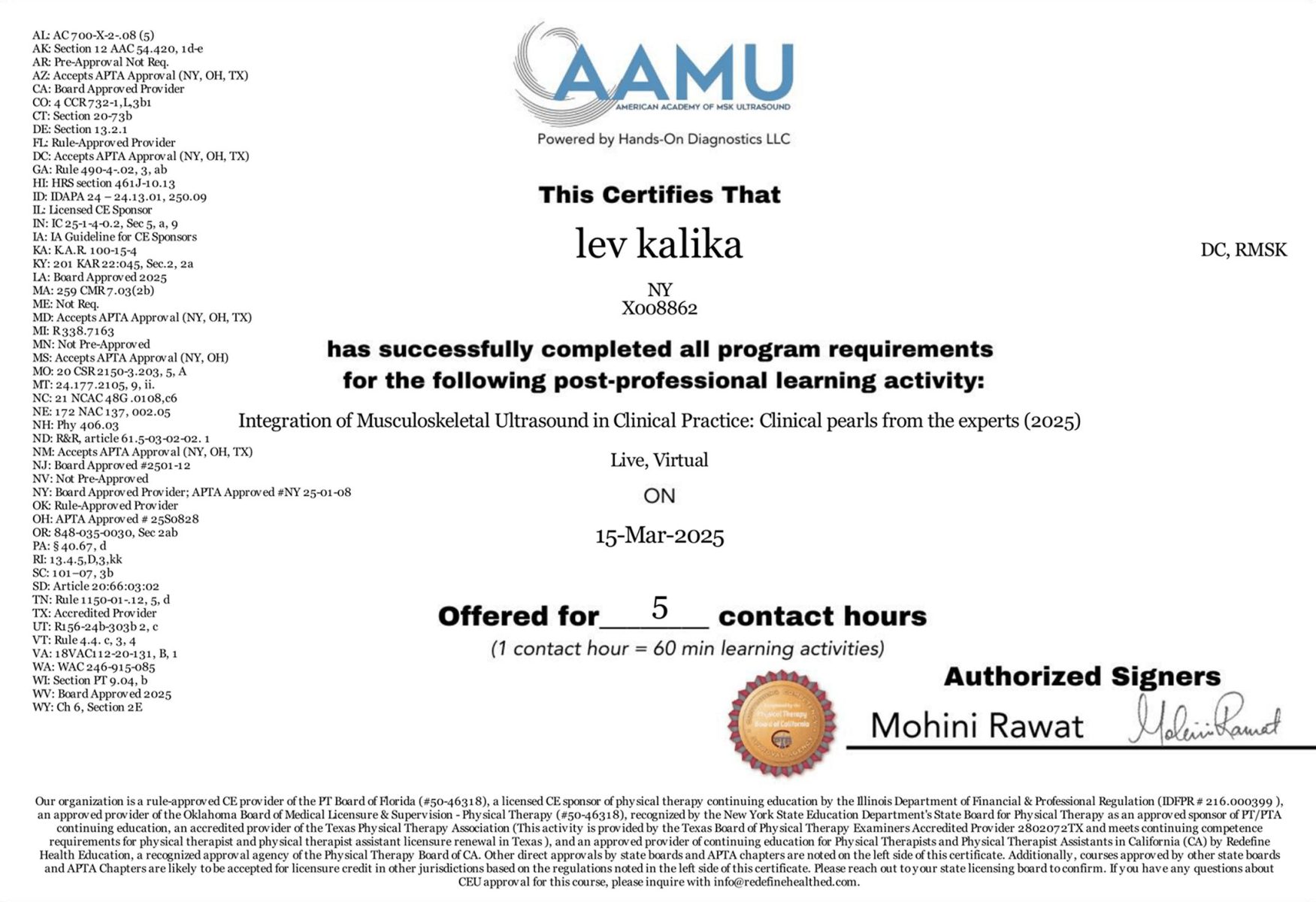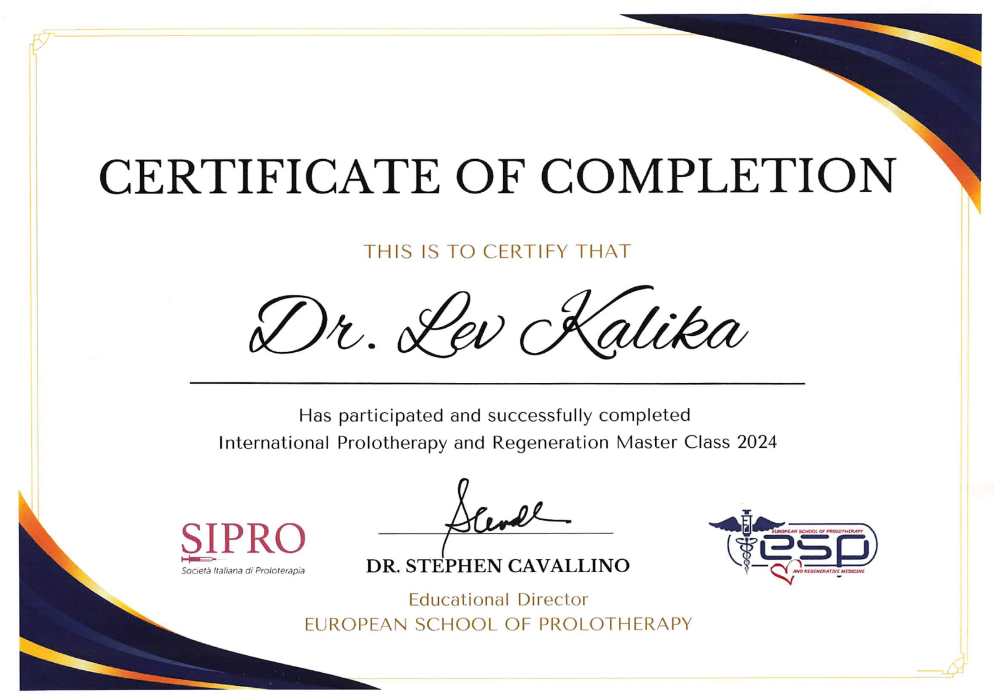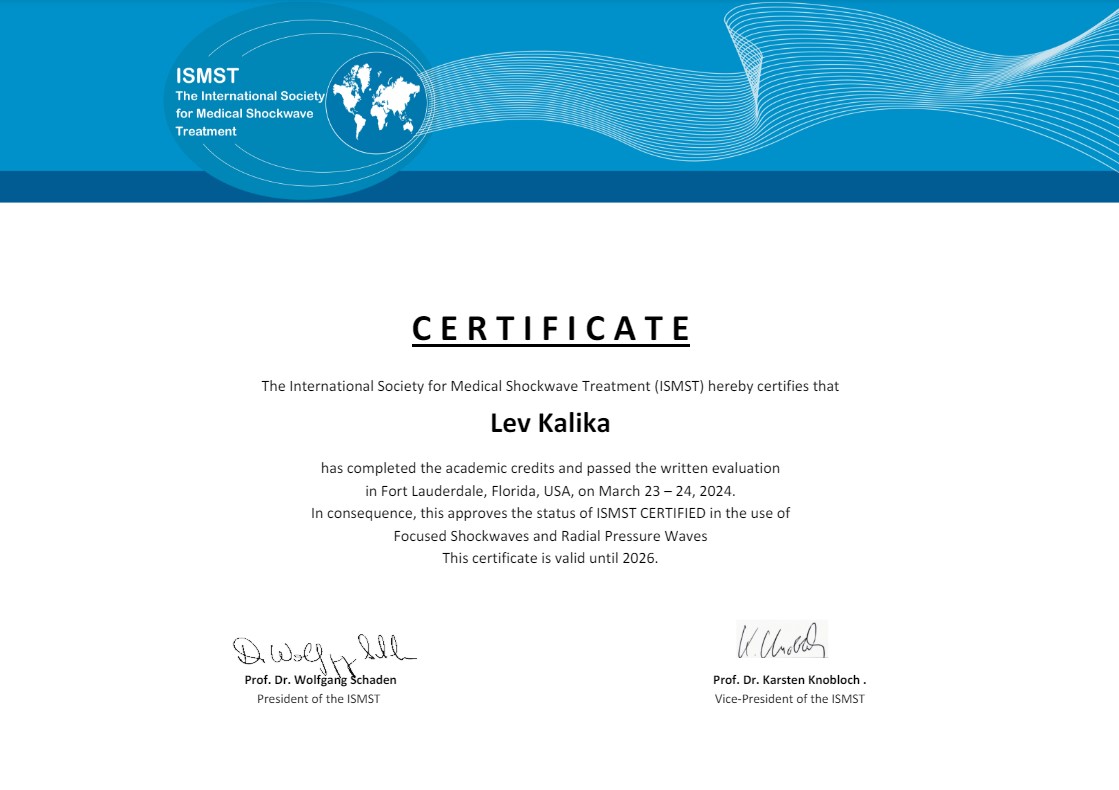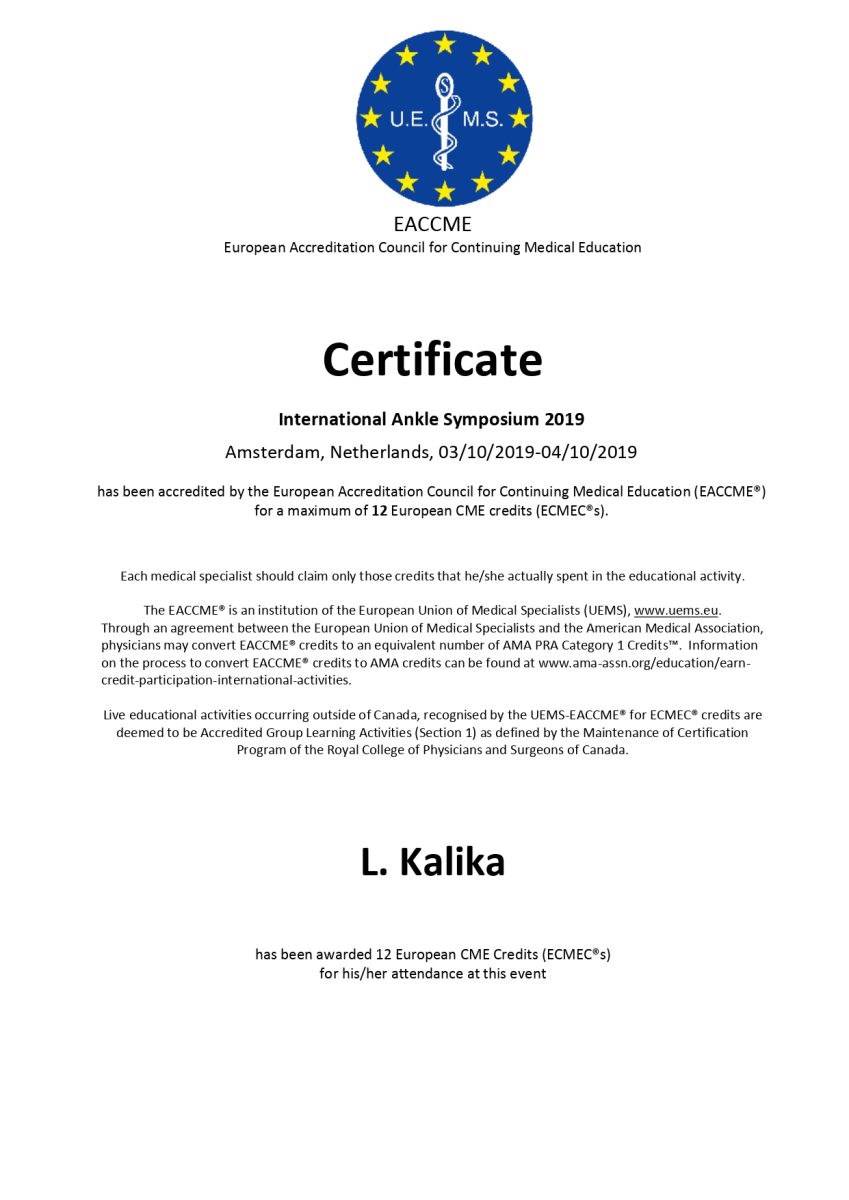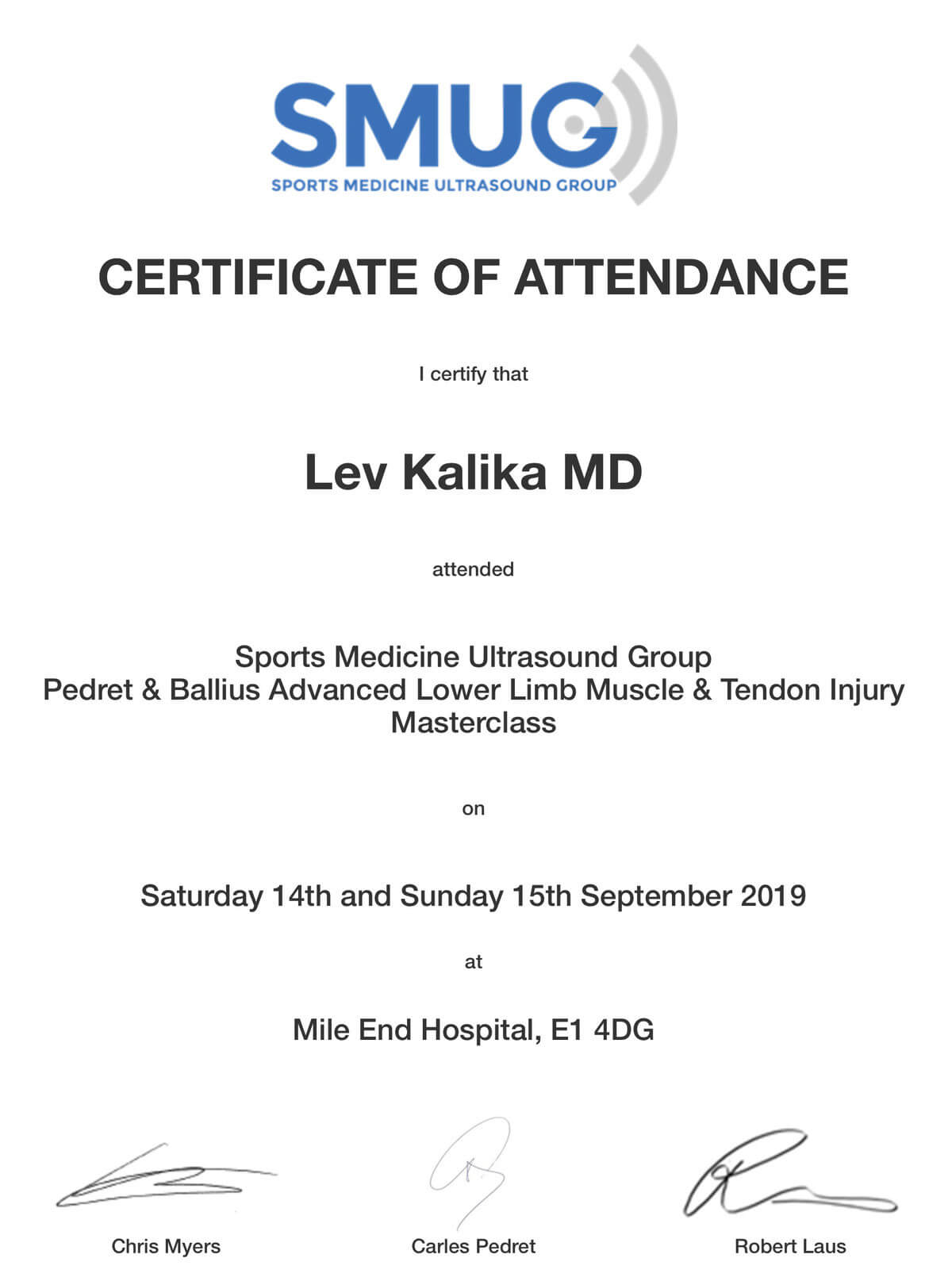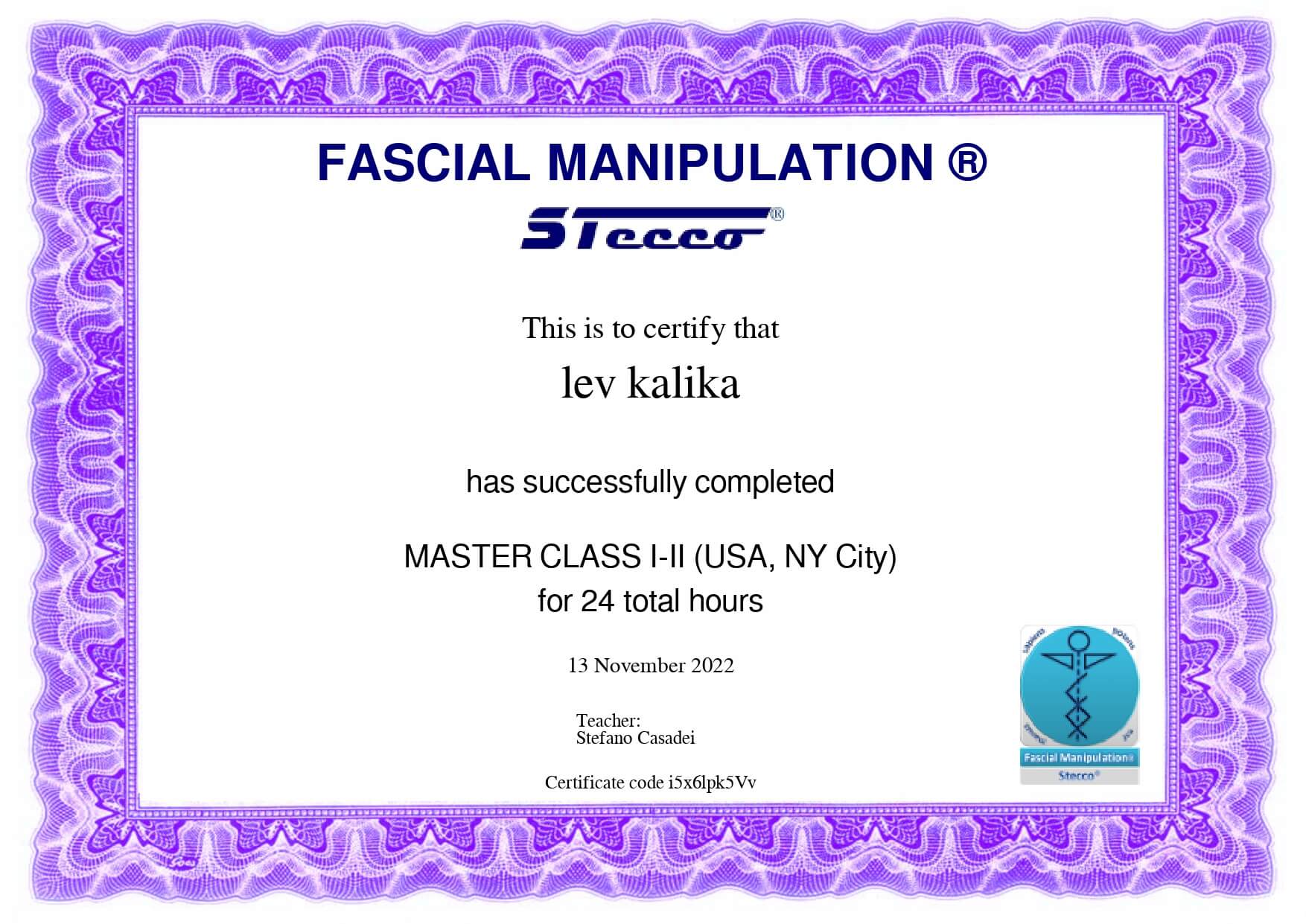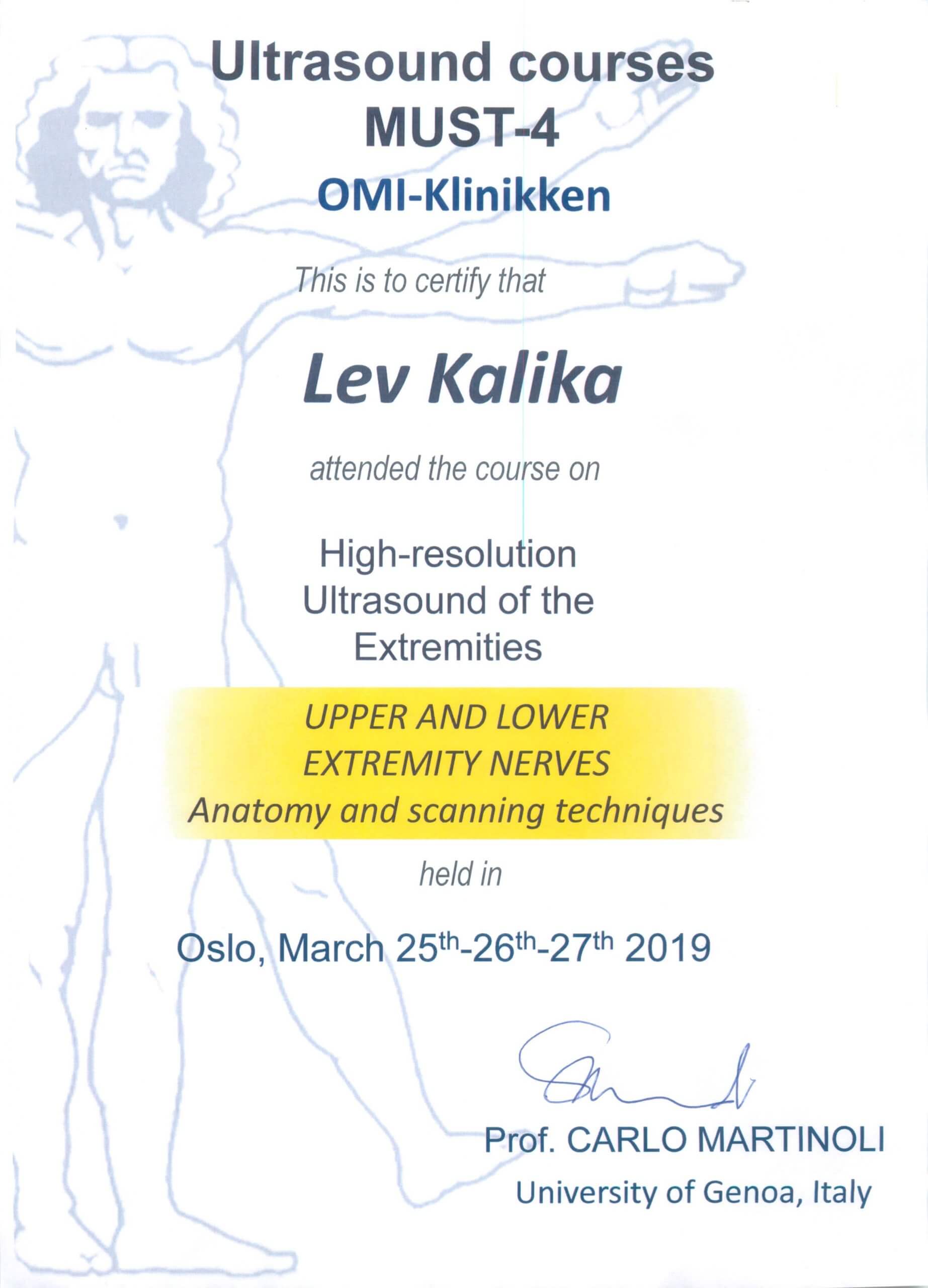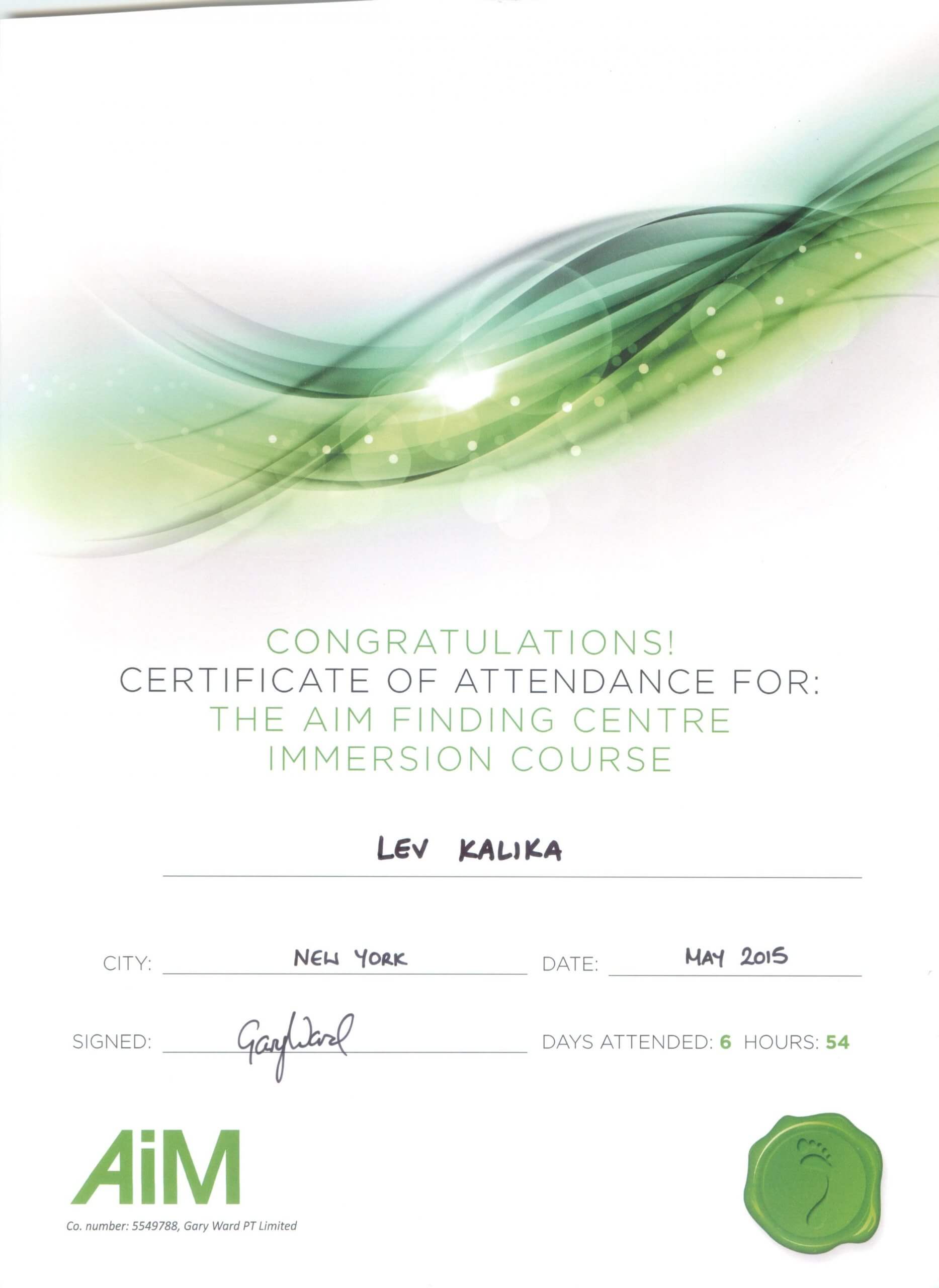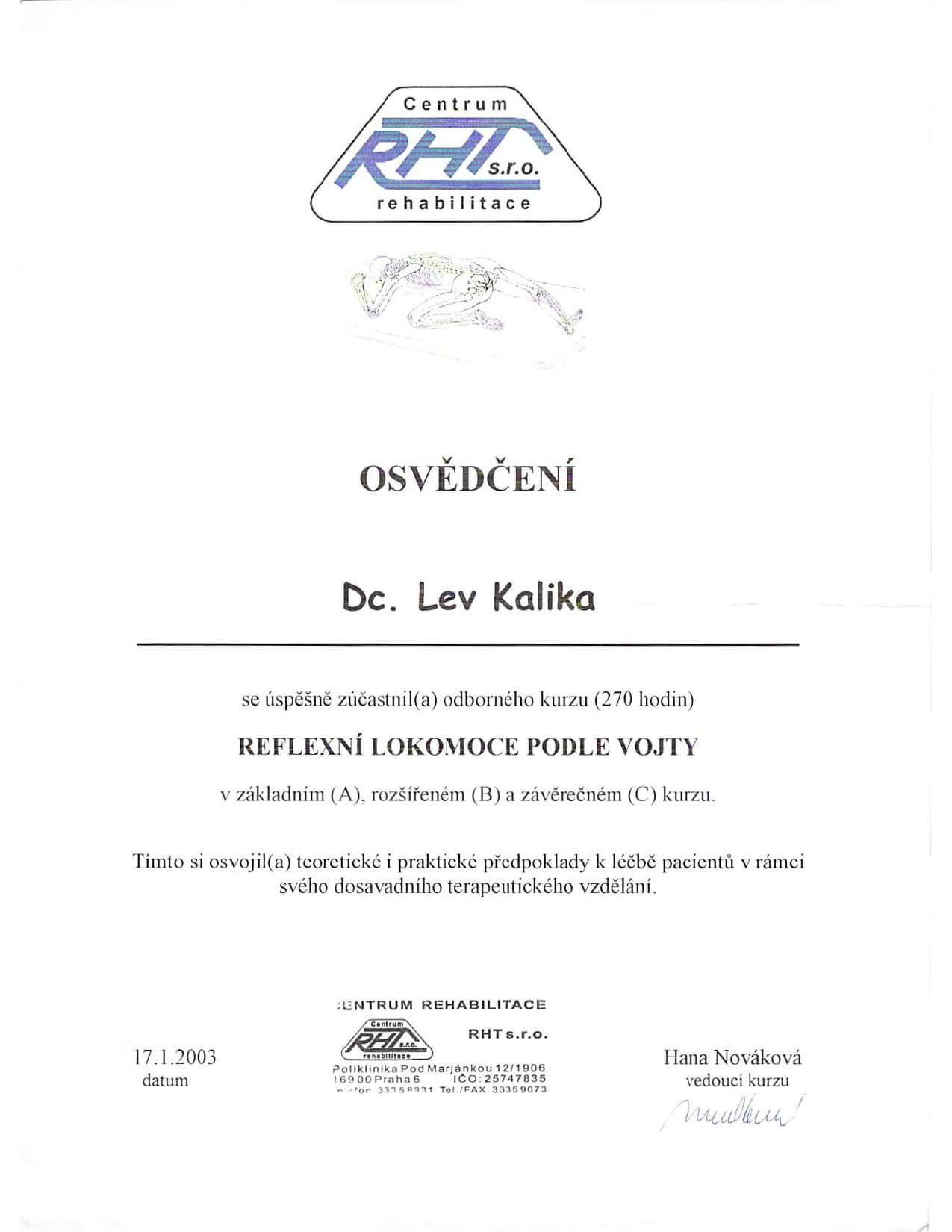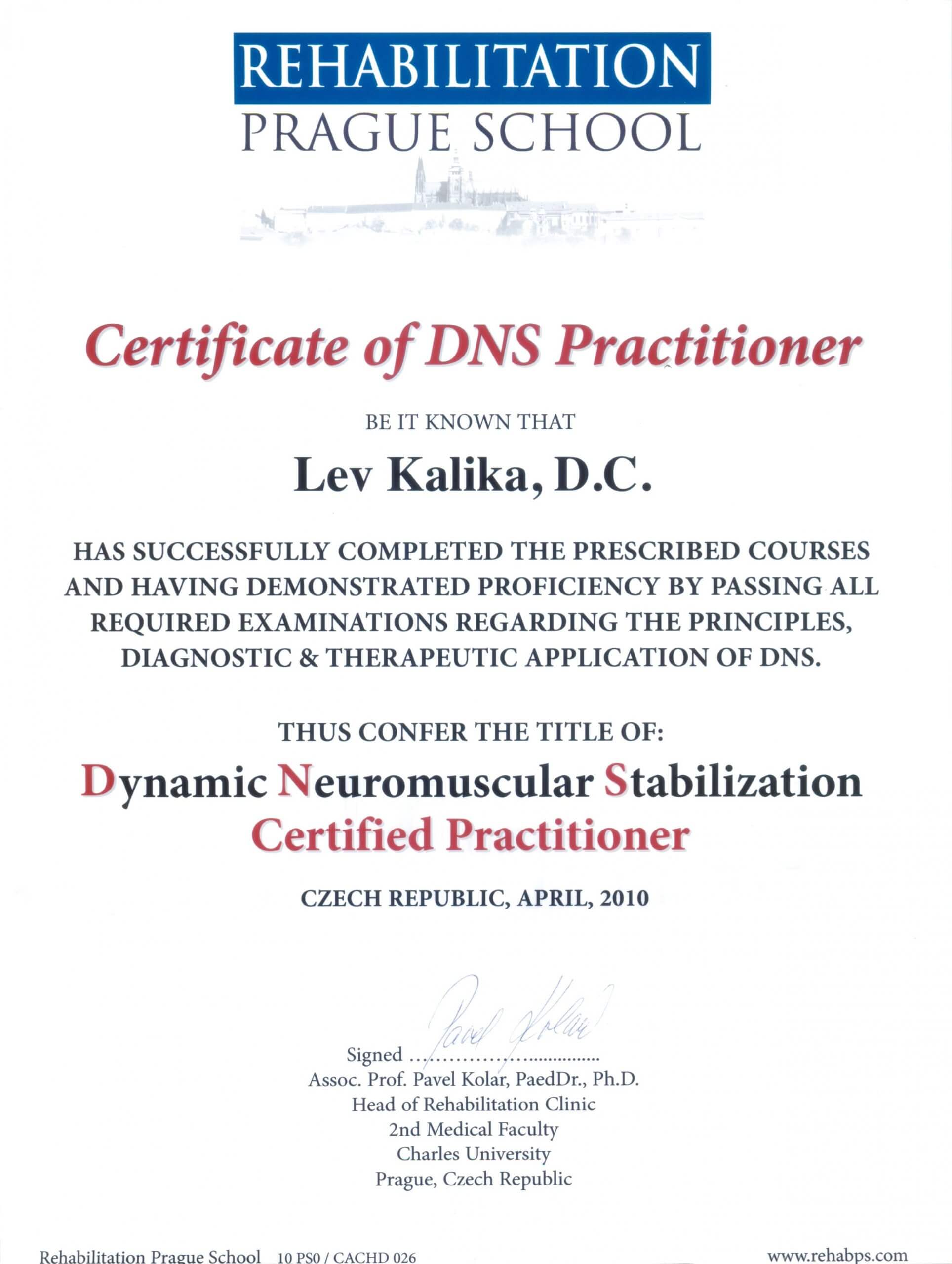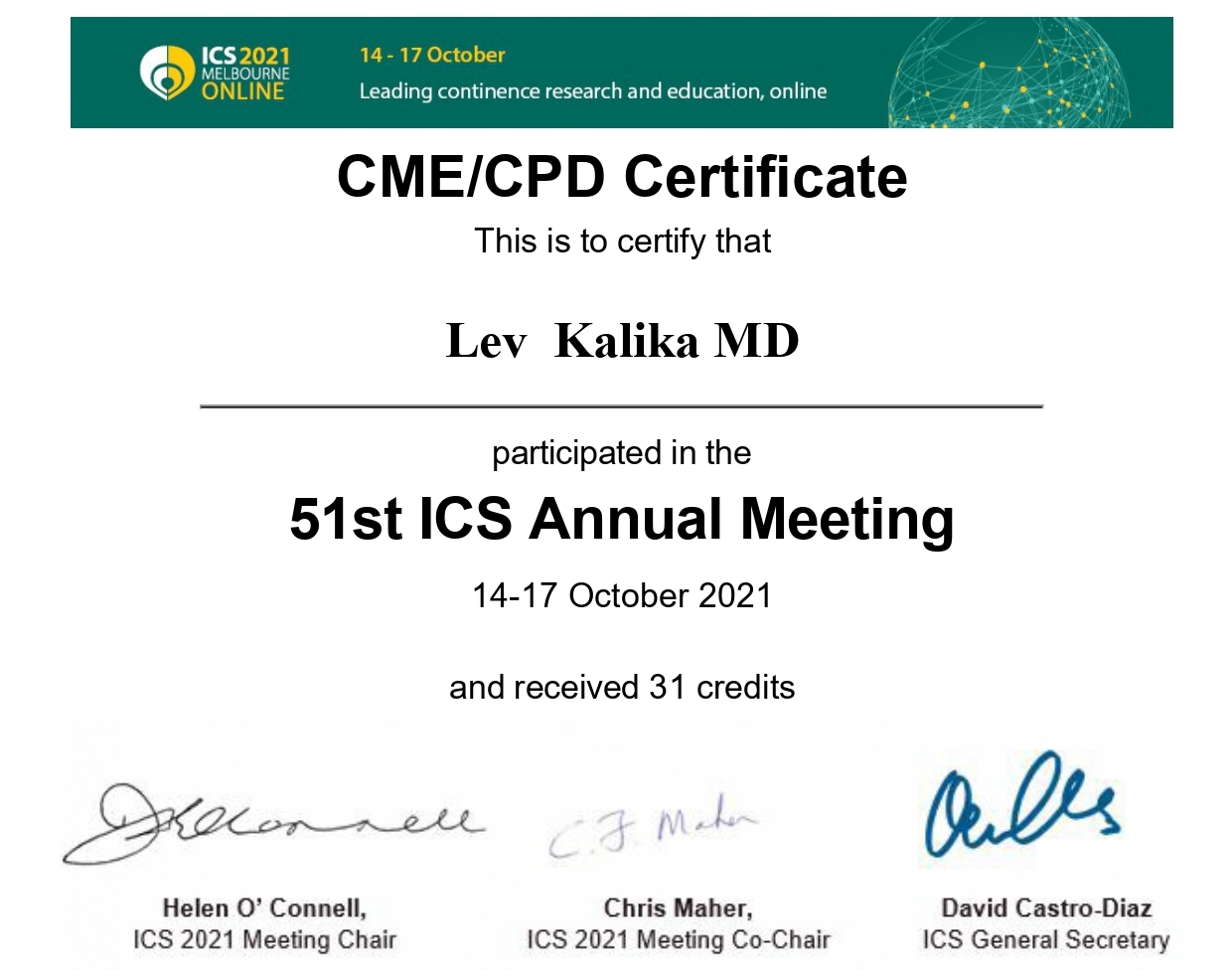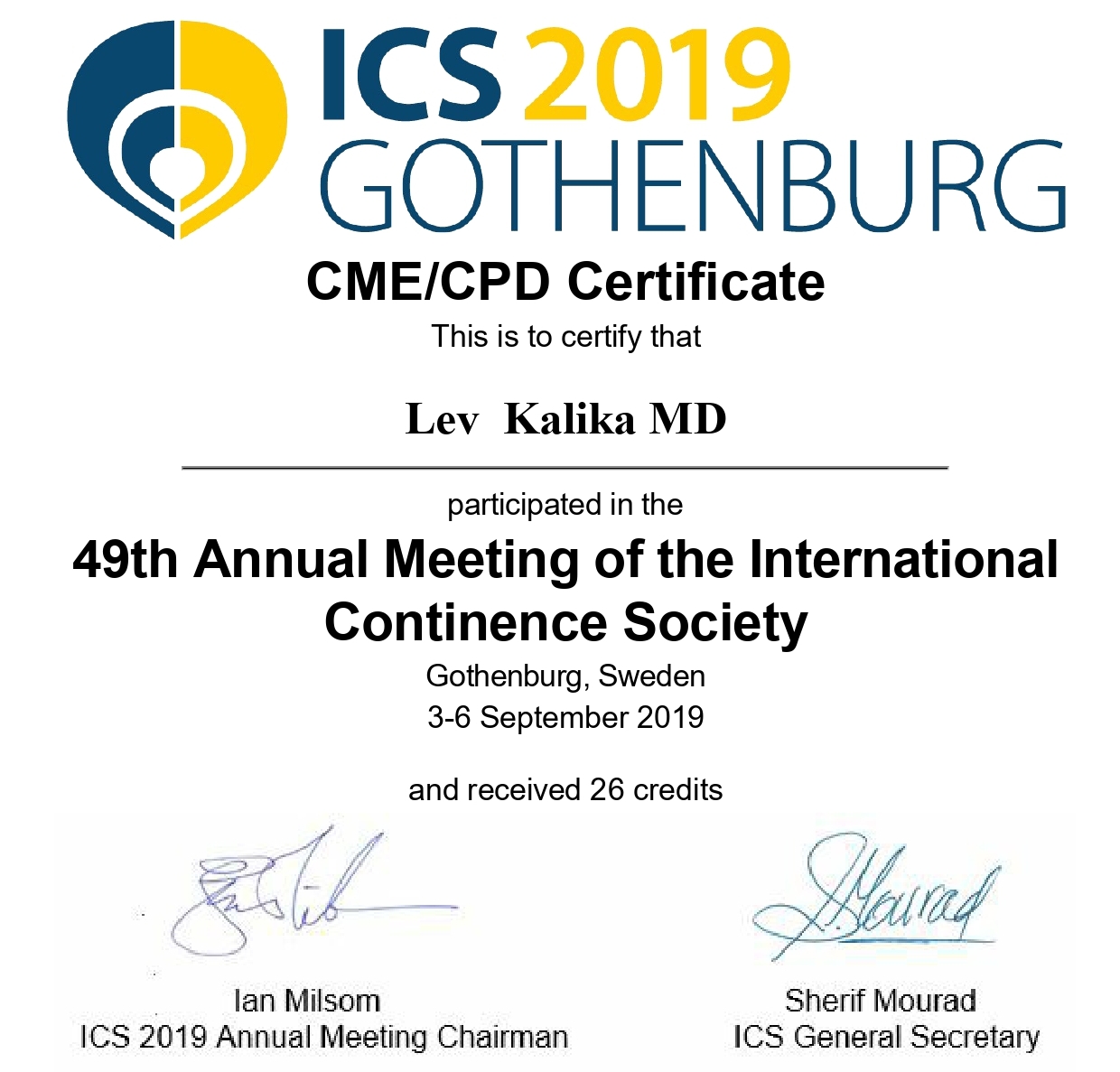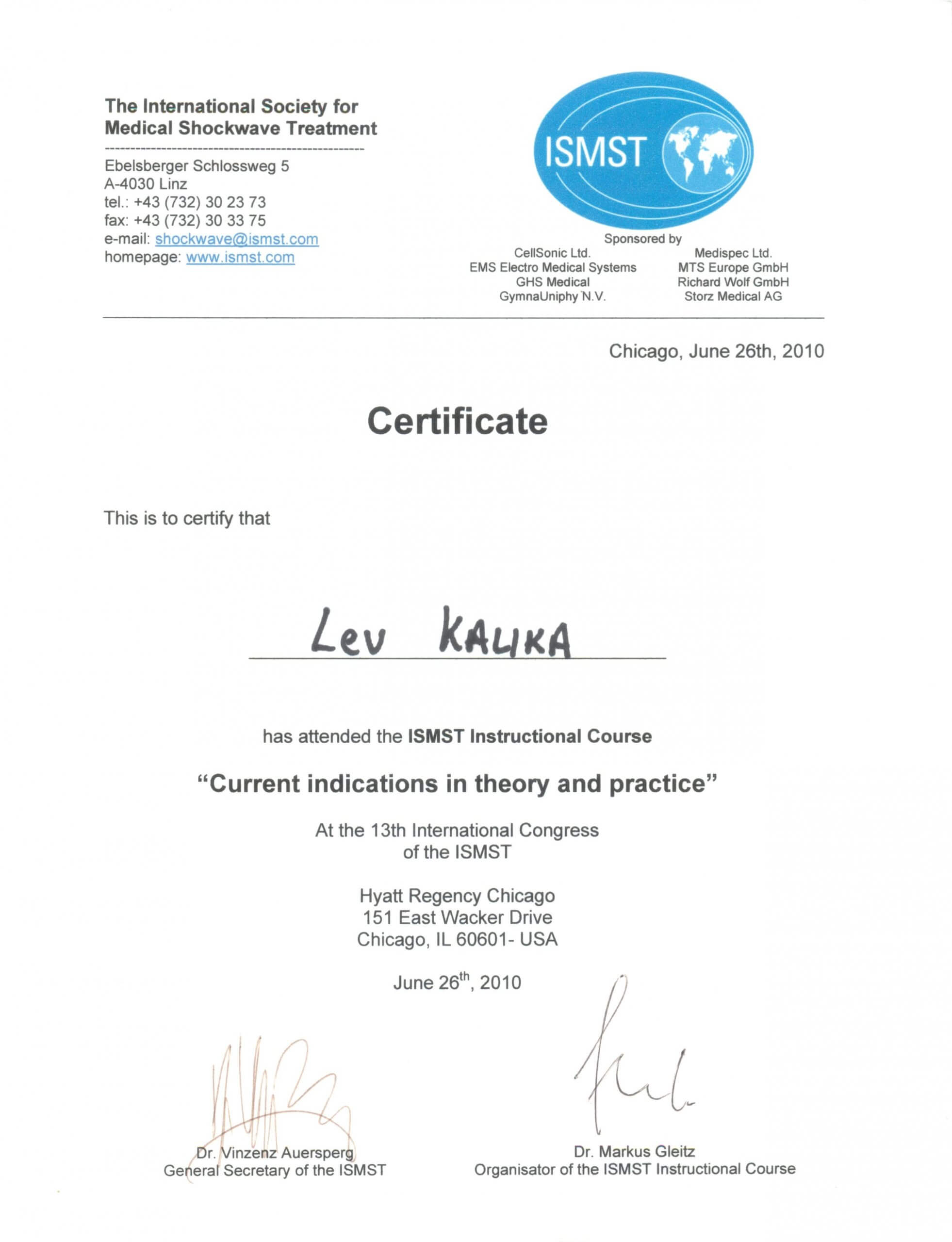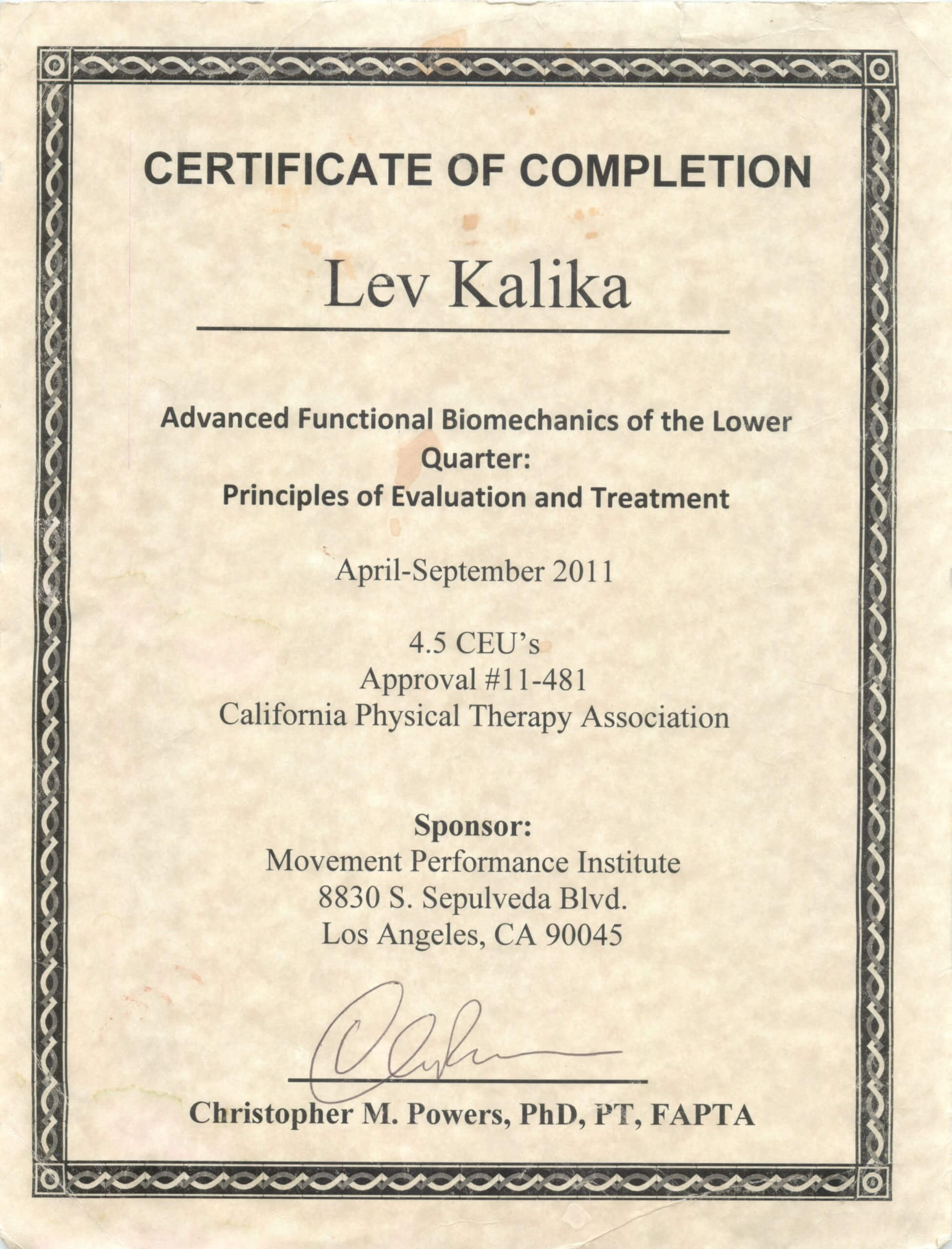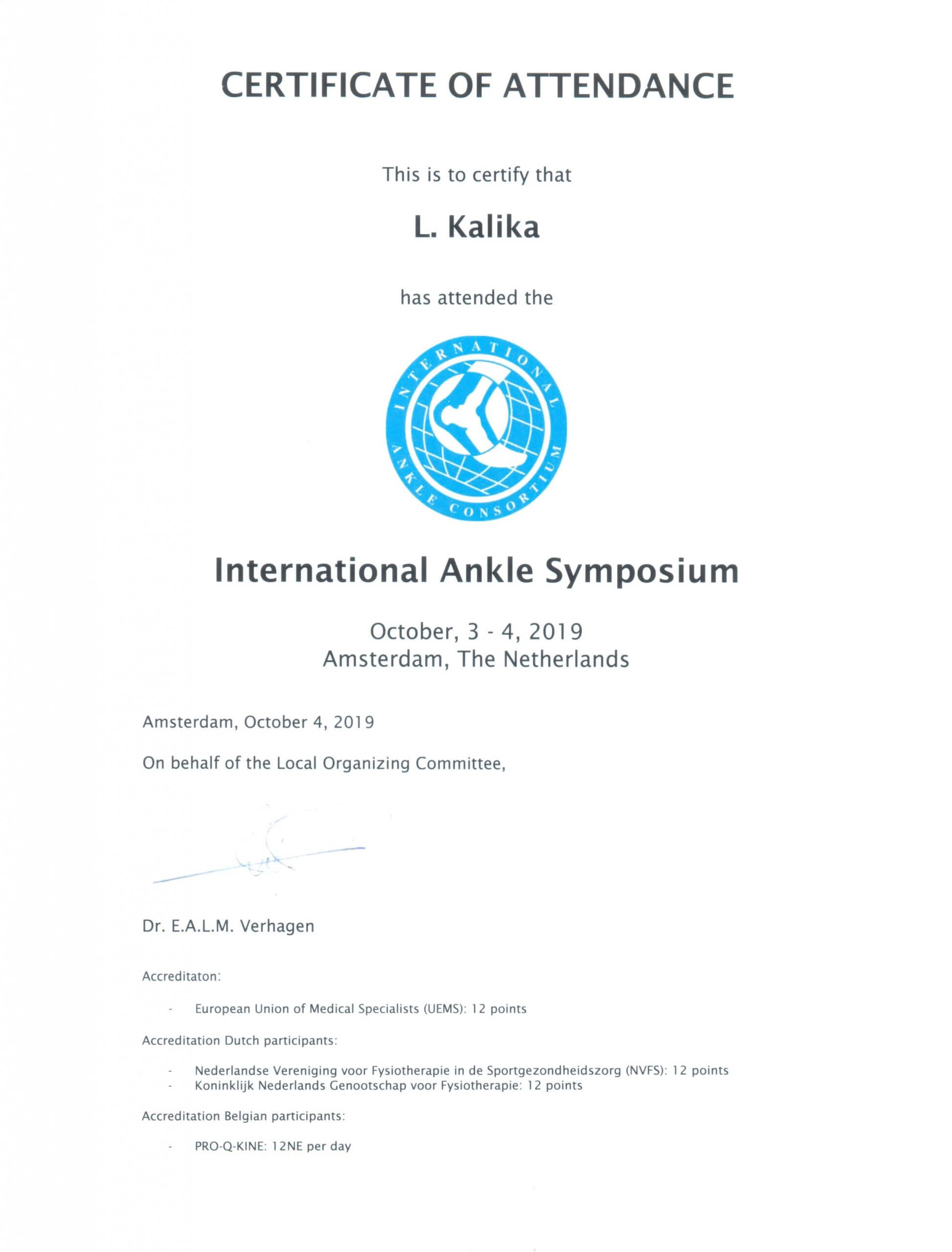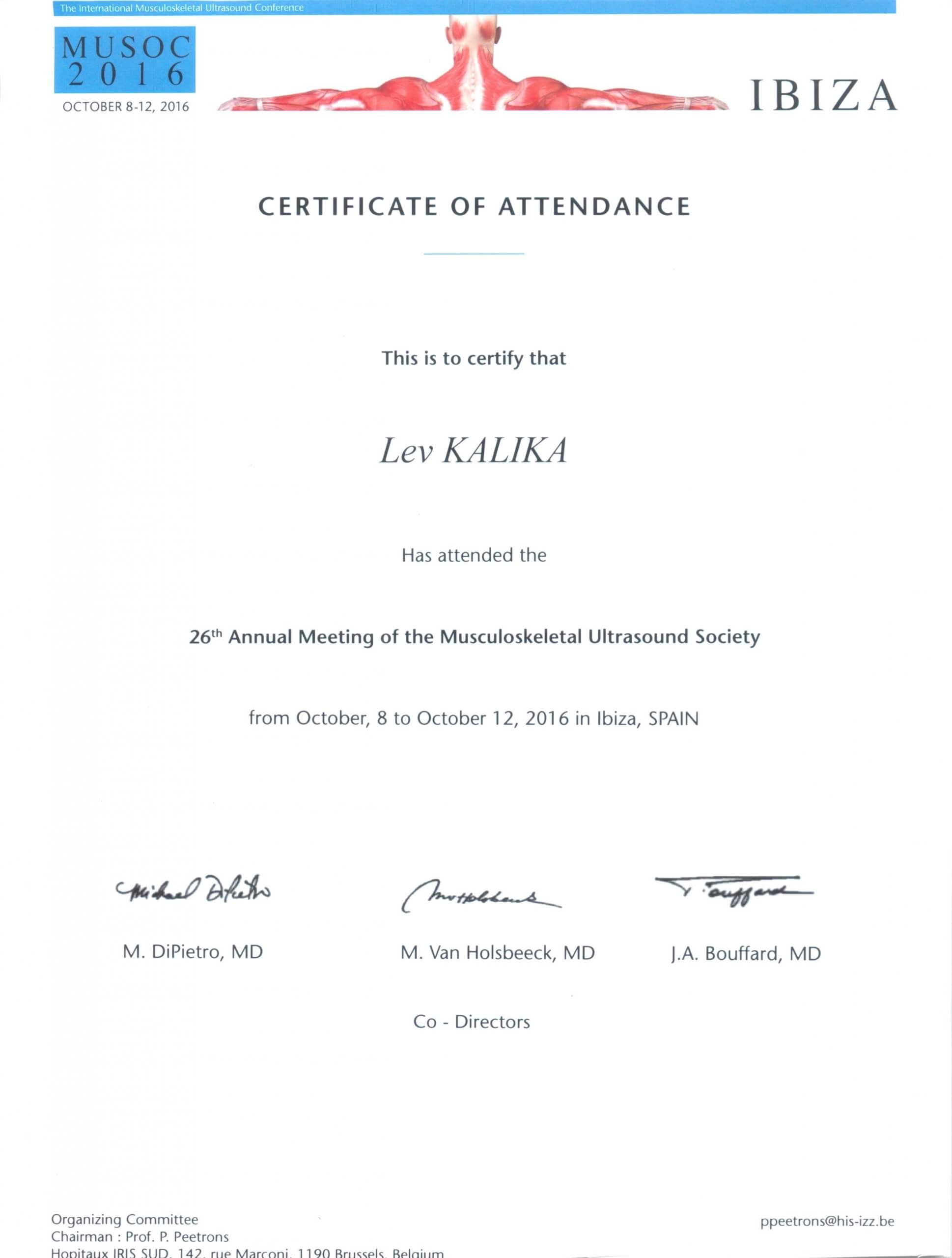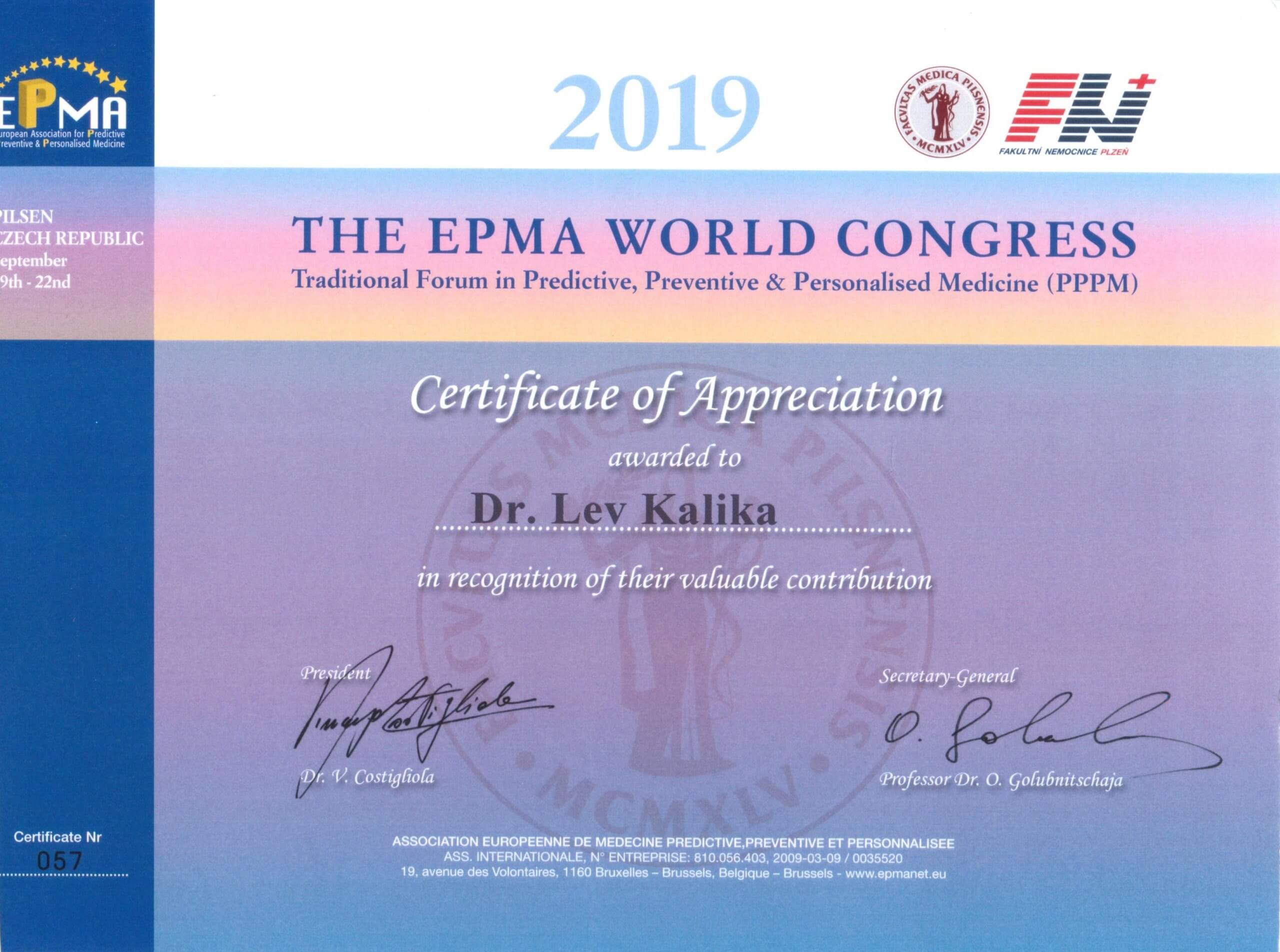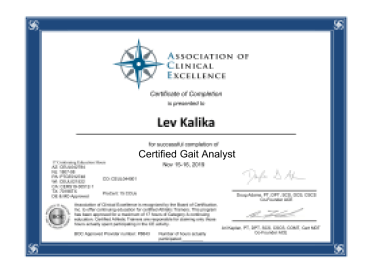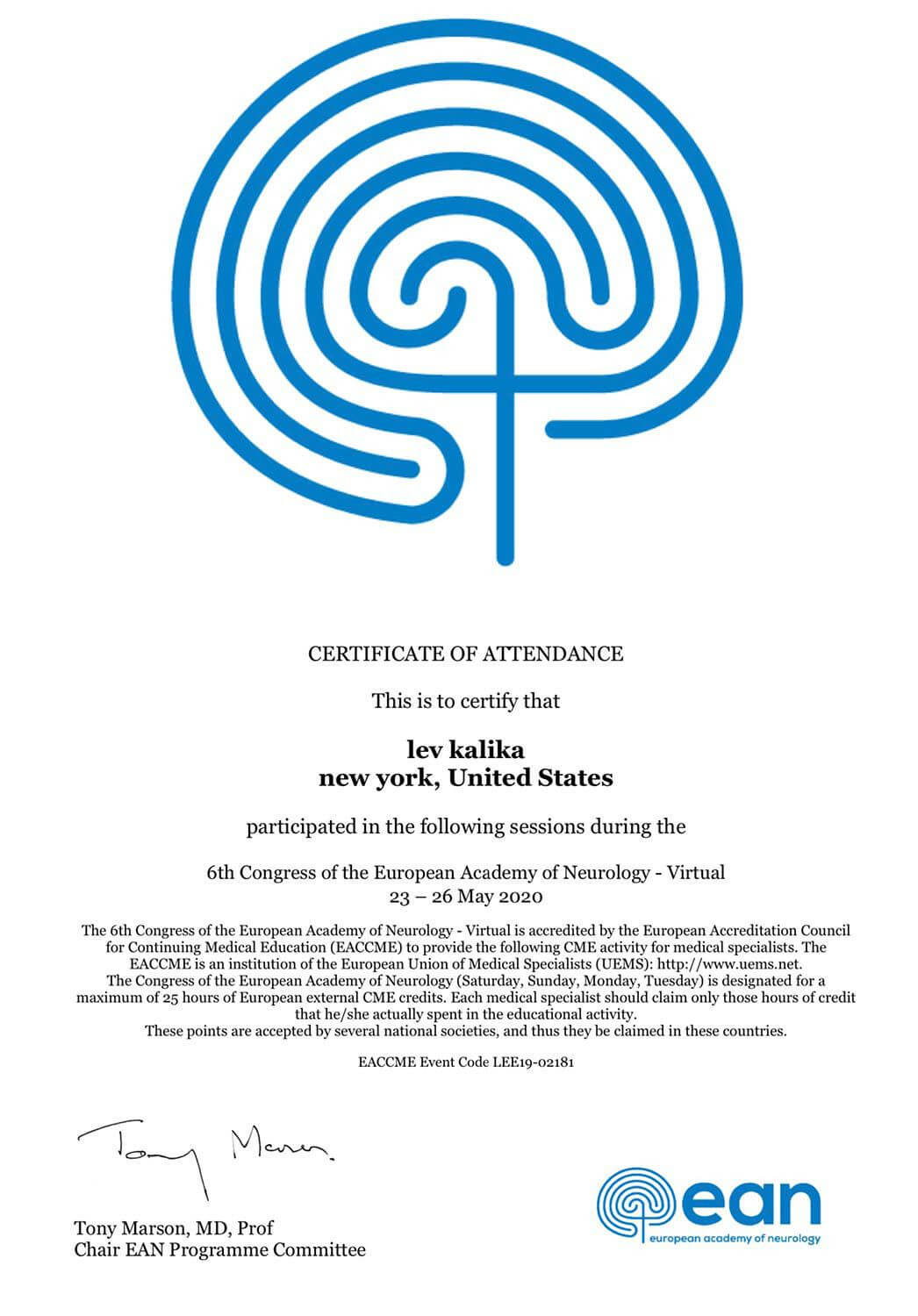Low back pain (LBP) is one of the most common medical complaints of adults worldwide, costing patients time off work and limiting activities of daily living. Chronic low back pain is often non-specific in nature, with little or no evidence of structural damage at the locus of pain. For many patients, low back pain comes and goes, worsens and gets better, for no apparent reason.
MRI is often used by practitioners to diagnose lower back issues involving pain and inflammation. This type of imaging permits us to distinguish soft tissue damage to discs, nerves and muscles, from structural damage to bones and joints, any of which can cause low back pain. But despite the ability of MRI to reveal inflammation indicating soft tissue injuries, it is ineffective in determining the specific cause of low back pain.
A 2017 longitudinal study by Tonosu et al. examined LBP patient MRI records to determine whether MRI could predict future development and progress of LBP symptoms. A 10-year followup revealed that MRI results were of no use in predicting the prospects of LBP patients for recurring symptoms down the road.
LBP can have many causes, including postural, gait and muscular issues occurring in areas of the body far away from the locus of pain. Traditional treatment methods seek to alleviate pain and reduce inflammation without considering important factors that underlie the symptoms of LBP.
Potential causes of low back pain include:
- Excessive sitting and sedentary lifestyle
- Muscular imbalances
- Being overweight and out of shape
- Faulty movement mechanics
- Poor postural habits
- Pregnancy and postpartum issues
- Inefficient walking or running gait
- Poor lifting technique
- Repetitive overuse injuries
- Unsupportive or ill-fitting footwear
Muscle imbalances and injuries can cause compensation patterns that throw your spine and pelvis out of alignment, entrapping and compressing nerves and putting pressure on discs. By restoring symmetrical motor patterns and improving overall fitness, many patients are able to eliminate back pain for good.
The back pain specialists at NYDNRehab understand that low back pain and inflammation are symptoms that have specific underlying causes. We work with you to alleviate your pain, but we don’t stop there. We thoroughly assess and analyze your entire musculoskeletal system and motor patterns to identify the true underlying cause of pain.
In addition to a health history and clinical exam, we use sophisticated technologies and innovative methods to dive deep in search of factors contributing to LBPP.
Our diagnostic toolkit includes:
- Postural analysis
- 3D gait analysis
- Tests for strength and range of motion
- Biomechanical analysis
- KINEO smart load system
- C.A.R.E.N computer assisted rehab environment
- Diagnostic musculoskeletal ultrasound
Once we pinpoint the factors contributing to pain, we design an individual treatment program to help you restore optimal motor patterns, strengthen weakened muscles, improve posture and range of motion and adopt healthy lifestyle behaviors.
One of our most effective diagnostic tools is musculoskeletal ultrasound (MSUS). This technology is superior to MRI in many ways. It enables us to scan the length of soft structures like nerves, muscles and connective tissues in real time. MSUS reveals damaged and inflamed soft tissues, calcification in joints and tendons, myofascial trigger points and ruptures in muscles, tendons and ligaments.
With MSUS, the patient becomes an active participant in the diagnostic process, able to move and reposition body segments and provide clinicians with verbal feedback. MSUS lets us compare muscle activation patterns on right and left sides of the body to identify imbalances and weaknesses. Unlike MRI or Xray, MSUS results are instantaneous, appearing on the monitor screen throughout the imaging session.
The sports physical therapy team at NYDNRehab resolves patients’ LBP by getting to its source. We create individualized treatment programs that address each patient’s unique needs, to correct motor deficiencies and restore pain-free function. Contact NYDNRehab today, and see why we are the clinic of choice for low back pain in NYC.





